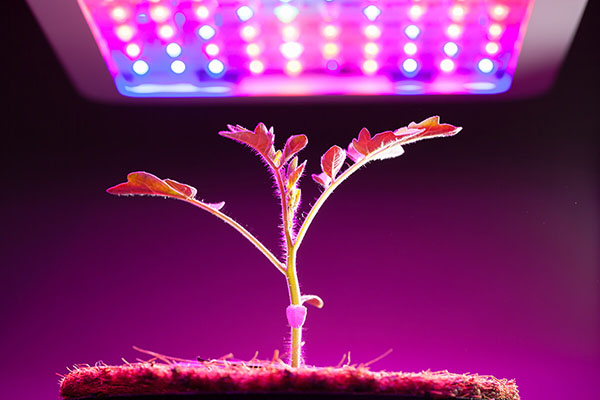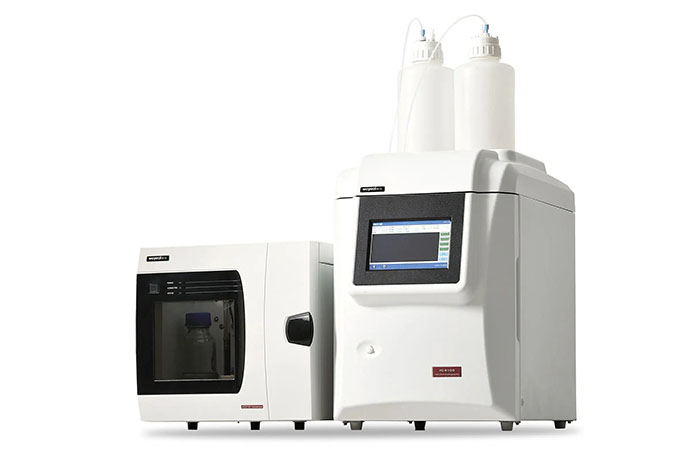Time measurement has been an essential aspect of human society since the dawn of civilization. In ancient China, the concept of time was a cyclical one that revolved around the movement of the sun, moon, and stars. The Chinese had various methods of measuring time, from the use of calendars and the Chinese zodiac to water clocks and sundials.
In this article, we will explore the various ways that time was measured in ancient China, including the background on ancient China’s time system, the Chinese zodiac, solar terms, the water clock, and the sundial.
Background on Ancient China’s Time System
The Chinese concept of time was cyclical, revolving around the movement of the sun, moon, and stars. The Chinese divided a day into twelve “shichen,” each of which lasted two hours. They used a 10-day week and a 60-day cycle that combined five elements and twelve animals, known as the Chinese zodiac.
The Chinese calendar system is a complex one that consists of both lunar and solar calendars. The lunar calendar is based on the phases of the moon, while the solar calendar is based on the movement of the sun. These two calendars were combined to create the traditional Chinese calendar, which is still used in China today.
The Chinese Zodiac
The Chinese zodiac is a 12-year cycle that combines five elements and twelve animals. Each year is represented by one of the twelve animals, which are the rat, ox, tiger, rabbit, dragon, snake, horse, sheep, monkey, rooster, dog, and pig. The order of the animals in the zodiac cycle is based on the order in which they completed a race across a river, as per a Chinese legend.
The Chinese zodiac was used to measure time in ancient China. Each animal represented one year, and people believed that the characteristics of each animal would influence the events of that year. For example, people born in the year of the tiger were believed to be brave and strong, while those born in the year of the rabbit were believed to be gentle and calm.
Solar Terms
Solar terms were another way that time was measured in ancient China. The solar terms are a system of 24 periods that mark the passage of time based on the sun’s position. Each term lasts about 15 days and is marked by specific astronomical events, such as the solstices and equinoxes.
The solar terms were used to mark the changing of the seasons, as well as to guide agricultural activities. Farmers used the solar terms to determine the best time to plant and harvest their crops. The solar terms were also used in traditional Chinese medicine, with each term corresponding to a different part of the body and an associated ailment.
The Water Clock
The water clock, also known as the clepsydra, was an important tool for measuring time in ancient China. It was invented during the Han Dynasty (206 BCE – 220 CE) and was used throughout the rest of ancient China.
The water clock worked by measuring the flow of water from a container through a small hole. The water was contained in a large container at the top of the clock, and it flowed through a small hole into a smaller container at the bottom. The smaller container had markings on the side to indicate the passage of time.
The water clock was a sophisticated device that was used in many different settings. It was used in homes to keep time, in temples to mark the hours of prayer, and in government offices to ensure that meetings started on time.
The Sundial
The sundial is another ancient timekeeping device that was used in China. Sundials have been used since ancient times to measure the passage of time based on the position of the sun. The Chinese sundial was a simple but effective device that used the position of the sun’s shadow to indicate the time of day.
The Chinese sundial was known as the gnomon and was made of bronze or stone. It consisted of a vertical shaft with a pointed top that cast a shadow on a flat surface below. The surface was marked with lines to indicate the time of day.
The Chinese sundial was used in a variety of settings, from homes and temples to government buildings and public squares. It was a popular timekeeping device in ancient China because of its simplicity and accuracy.
Conclusion
The ancient Chinese had a sophisticated system for measuring time that was based on the movements of the sun, moon, and stars. They used a variety of tools, from calendars and the Chinese zodiac to water clocks and sundials, to keep track of time.
These timekeeping devices played an important role in Chinese society, from guiding agricultural activities and religious ceremonies to ensuring that meetings started on time. They also served as symbols of the advanced technology and scientific knowledge of the ancient Chinese.
Today, the legacy of ancient Chinese timekeeping lives on in the traditional Chinese calendar and the use of the Chinese zodiac in popular culture. The water clock and sundial may have been replaced by more modern timekeeping devices, but they continue to serve as reminders of the ingenuity and innovation of ancient Chinese civilization.




